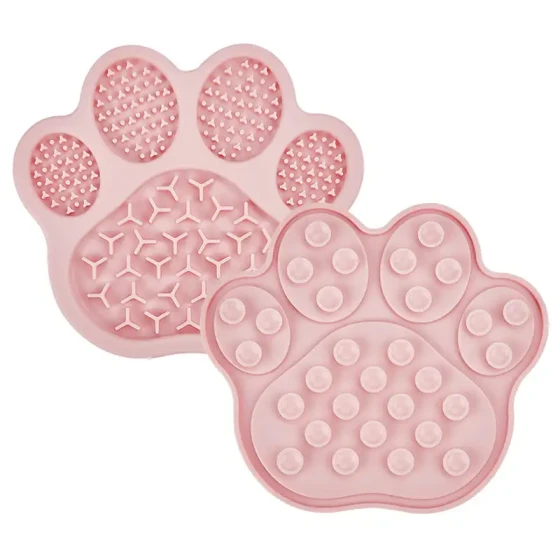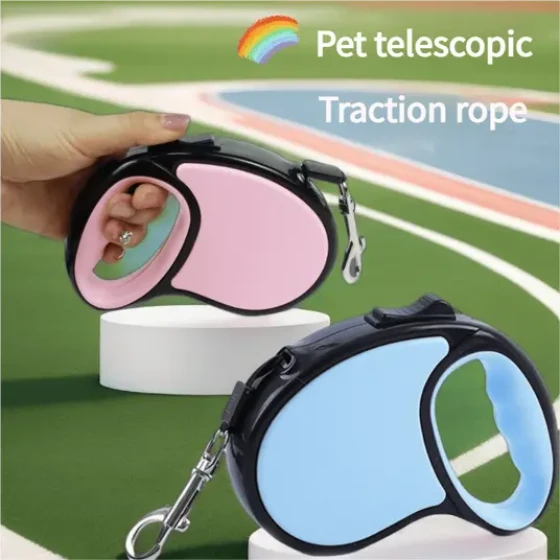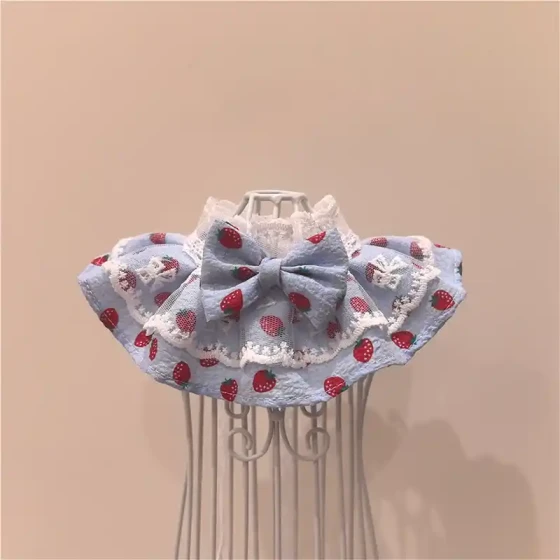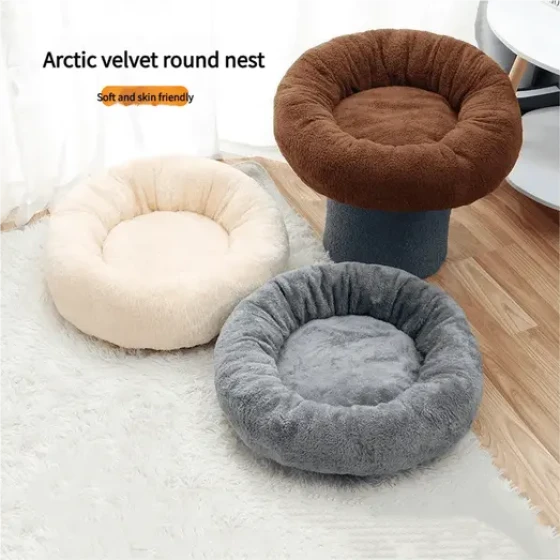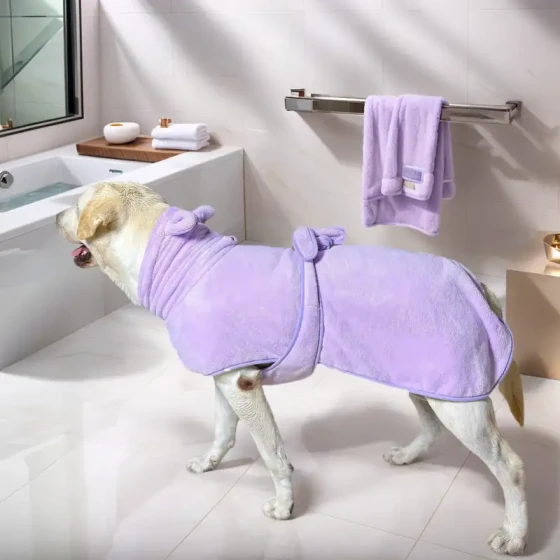Comprehensive Review of Dog Leashes
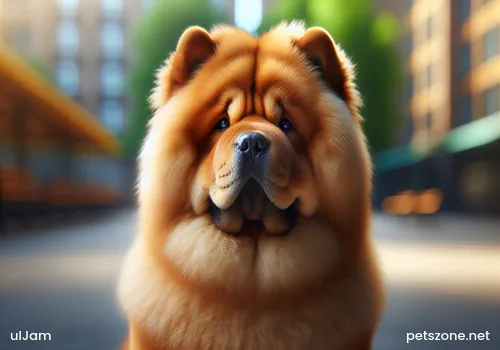
Samoyed (detailed introduction)
Taking dogs out always requires a leash, but nowadays pet stores offer many styles. How can you choose a leash that fits your dog’s personality? The editor will provide a detailed introduction to the usage and pros and cons of different types of dog leashes.
1. The most common collar leash
This type of neck collar is suitable for most dogs. It is important to note that since a dog’s neck is relatively delicate, when the owner pulls the leash to bring the dog closer, this type of collar can provide good control and restraint on the dog's neck.
Owners can choose a brightly colored and comfortable collar for their dogs, which is both beautiful and practical! When putting the collar on your dog, be sure to leave a two-finger gap between the collar and the dog’s neck to avoid it being too tight and causing discomfort.
2. Simple figure-eight harness
This type of harness is more suitable for slender and small dogs that can obediently follow their owner and are not easily distracted by people or things. For dogs with weaker behavioral control, long-term use might affect hair growth. Active or emotionally sensitive medium to large dogs are not recommended to use this type of harness because they may easily break loose and run wildly, and the owner can only chase after them, thus being controlled by the dog’s behavior.
3. P-shaped chain leash
Because it resembles the letter "P," this type of chain is commonly called a "P chain." It consists of a bottom ring used for pulling. It is quite effective for very active and disobedient dogs. When the dog is obedient, the chain remains loose; but if the dog tries to dash forward, the chain tightens immediately.
Since the chain is made of metal, its control strength is much higher compared to regular collars. Owners must understand how to use it properly and handle it carefully to avoid hurting the dog.
4. Muzzle-type training leash
This device is derived from a horse’s bridle and is a very effective dog control tool. Based on animal behavior principles, it mimics the language between dogs and serves as a special training tool for warning, control, and calming signals.
When owners put a Headcollar on their dogs, they must ensure the neck strap sits on the chin area, not the throat. Initially, dogs might be uncomfortable with the strap over the nose, but with training, they gradually adapt.
5. Semi-control combined collar
This semi-control collar combines both the regular collar and the P chain structure. Therefore, its control strength and comfort level fall between the two. Owners can choose suitable outdoor gear based on the pet’s personality and preferences.
